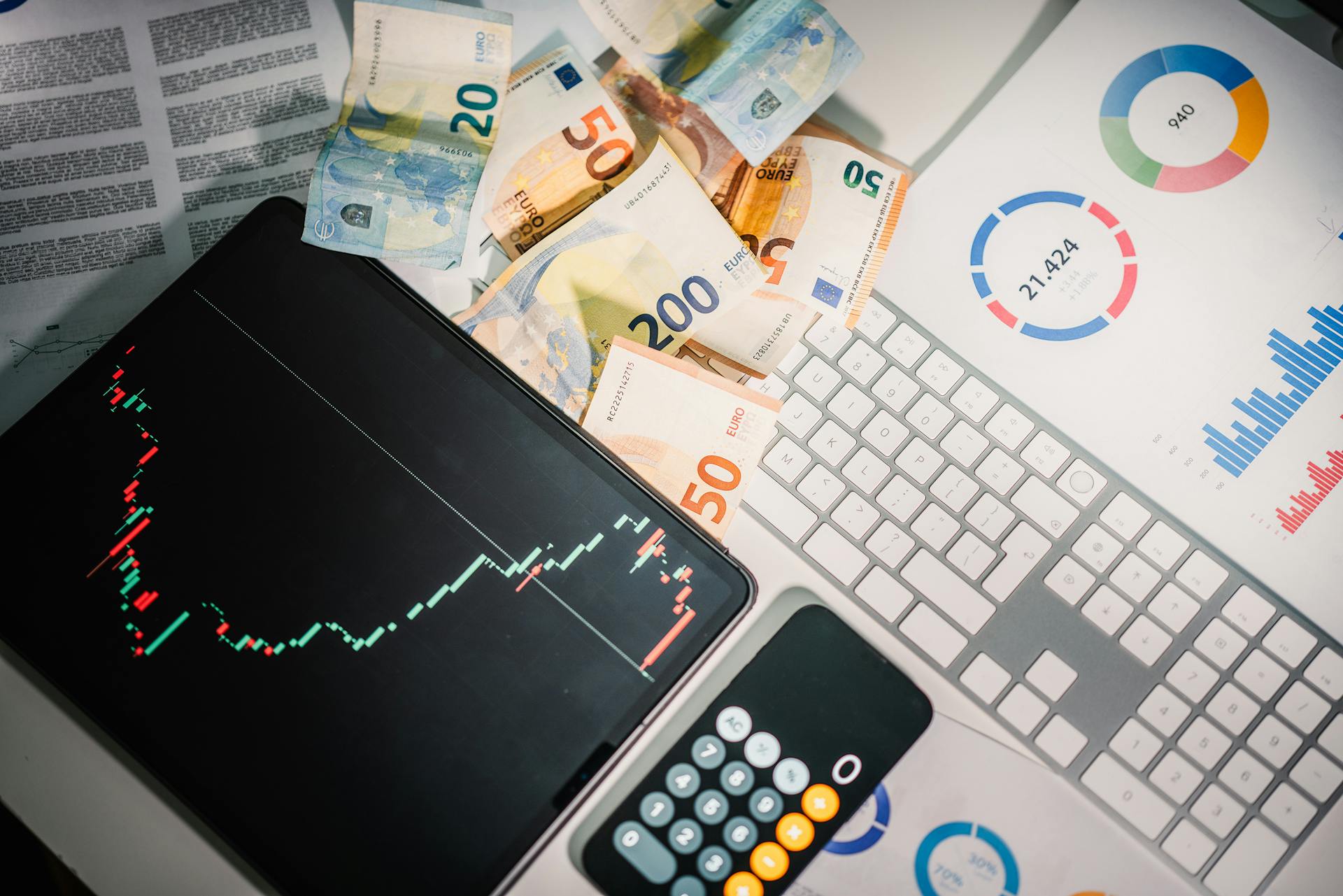
Paper trading is a great way to get a feel for the stock market without risking any real money. It's a simulation of trading with fake money, allowing you to practice and learn without the pressure of losing actual cash.
To start paper trading, you'll need a platform or app that allows you to simulate trades. Some popular options include Thinkorswim and Ally Invest, which offer virtual trading accounts that mimic real-world trading experiences.
These platforms often come with a range of features, such as real-time market data and customizable charts, to help you make informed decisions. For example, Thinkorswim's platform offers advanced charting tools and technical indicators to help you analyze stocks and make trades.
With paper trading, you can experiment with different strategies and see how they play out in a risk-free environment. This is a great way to test your ideas and refine your approach before putting real money on the line.
Curious to learn more? Check out: How Do You Trade Shares on the Stock Market
What Is a Simulator?

Stock simulators allow you to invest with fake money, also known as "paper trading." This means you can try out different strategies without risking any of your own cash.
Stock market simulators are software that simulate trading and investing in the stock market using virtual currency, also known as paper trading. This allows you to test investment strategies in real-time or by backtesting historical price movements.
You can practice on essentially any asset, including stocks, ETFs, options, commodities, currencies, and more, all without risking any of your own cash. This is especially helpful given the volatility of the market and the emotions involved in investing.
Worth a look: Strategies for Trading Stocks
Benefits of Simulation
Simulation is a powerful tool for learning and improving your trading skills. It allows you to practice buying and selling financial instruments without risking real money.
Paper trading simulators, like those offered by actual online brokerages, provide a realistic experience. You can access the same tools as active customers, including watch lists, stock screens, and live or slightly delayed data feeds.
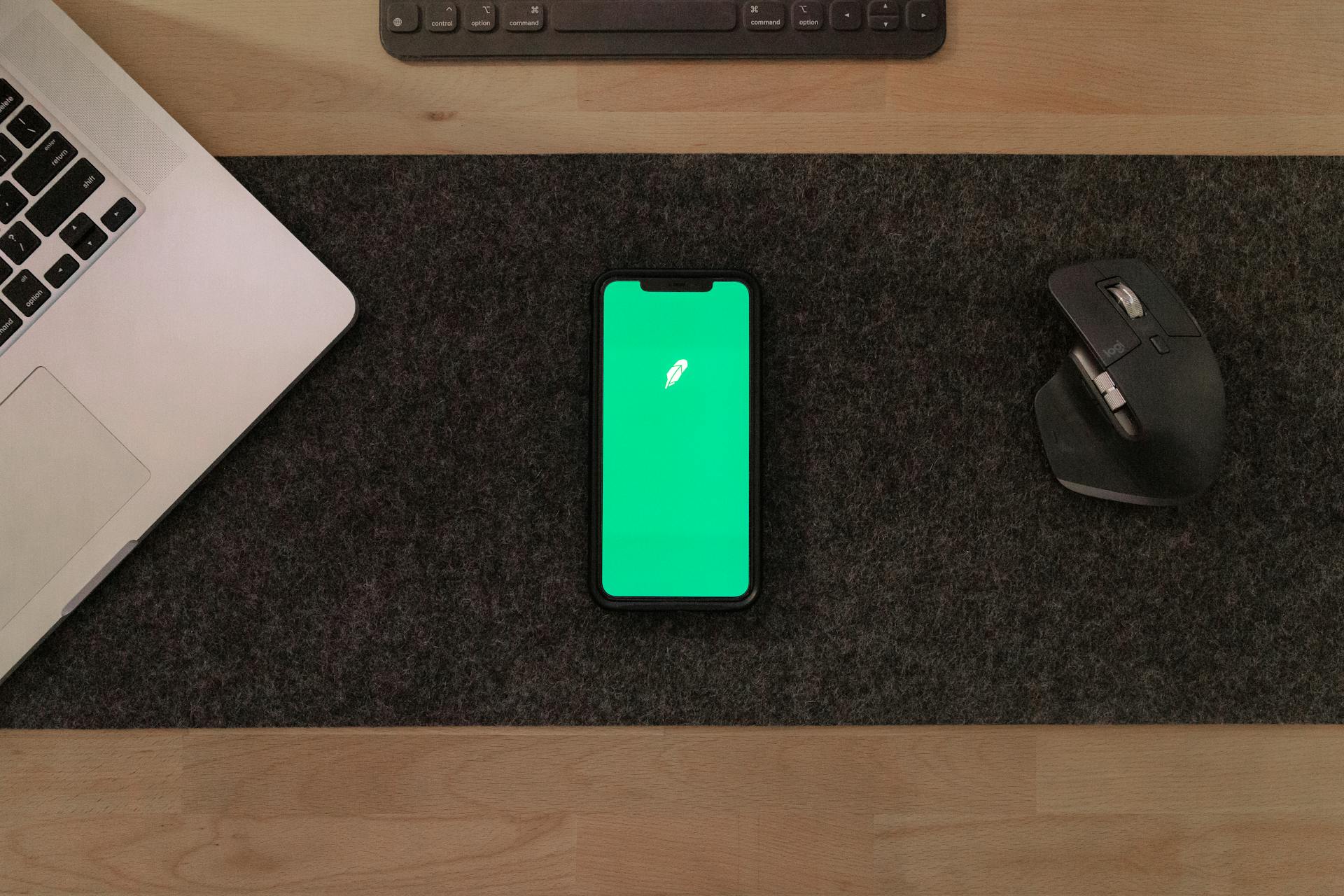
One of the key benefits of simulation is that it's a risk-free learning environment. You can learn the basics of trading without the risk of losing money, making it perfect for understanding market mechanisms, price movements, and the impact of economic events on markets.
Simulation also allows you to test out trading strategies and see how they would perform in real market conditions without any financial risk. This is especially useful for beginners who want to refine their approach based on actual market data.
By engaging in simulation, you can gain a deeper understanding of market psychology and how it affects trading decisions and outcomes. You'll learn how news, earnings reports, and market trends can influence investor sentiment and price movements.
Some of the top stock market simulators include TradeStation, Schwab, and Interactive Brokers. These platforms offer a range of tools and features that can help you improve your trading skills.
Here are some of the key components of paper trading and how it benefits beginners:
- Risk-free learning environment
- Testing strategies
- Understanding market psychology
- Learning platform features
These benefits can help you develop a more rounded trading strategy and improve your chances of success in the stock market.
Choosing a Simulator
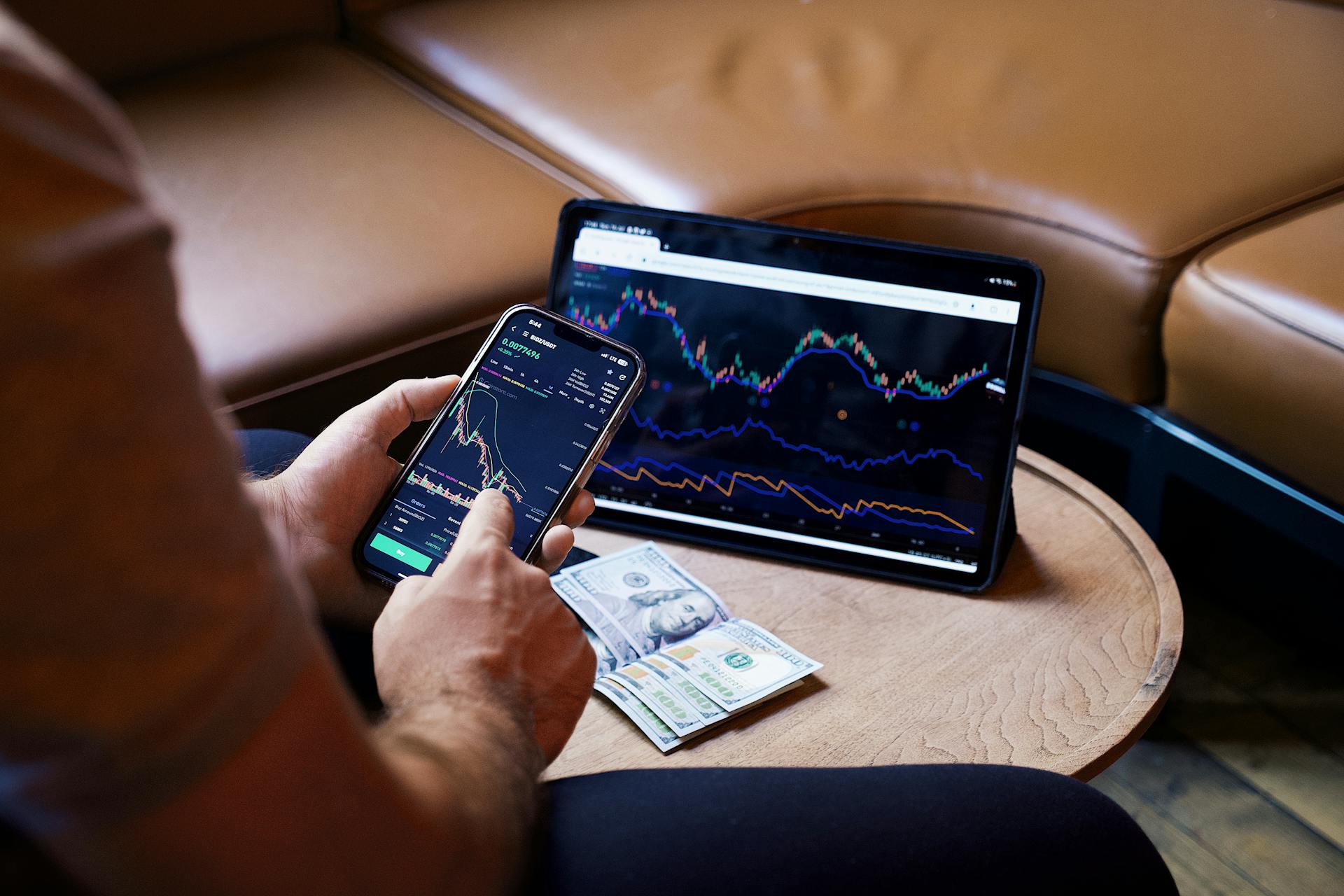
Choosing a simulator can be a daunting task, especially with so many options available. A good simulator should be able to bring you as close to the real-world experience as possible, so you don't get caught off guard when you go live.
The best brokers for paper trading include TradeStation, Schwab, and Interactive Brokers, all of which offer free simulators with real-time data feeds. These simulators are often free, but may require you to set up an account.
When choosing a simulator, consider the core offering, price, usability, credibility, audience, and offers. For example, eToro offers a Demo Account with $100,000 in virtual currency, while TradeStation offers a free simulator with real-time data and unlimited paper trading dollars.
Here are some top paper trading simulators to consider:
- TradeStation: free simulator with real-time data and unlimited paper trading dollars
- eToro: Demo Account with $100,000 in virtual currency
- StocksToTrade: 14-day trial for $7, with customizable paper trading account and real-time data
Choosing a Simulator
Choosing a simulator can be a daunting task, especially with so many options available. Consider the core offering of the simulator, including the quality of the product or service, and the tools and features it provides.

The usability of the simulator is also crucial, as you want to be able to navigate the interface easily and access the features you need. Look for a simulator with a modern design and user-friendly interface.
Credibility is another key factor, as you want to make sure the simulator is providing accurate and reliable data. Check the company's reputation and the quality of the information it provides.
Ultimately, the best simulator for you will depend on your individual needs and goals. If you're a new investor, you may want to consider a simulator that offers a demo account or a free stock bonus, such as eToro or Moomoo. These simulators can provide a risk-free environment to practice trading and learn the ropes.
Here are some key features to consider when choosing a simulator:
A good simulator should also offer a range of tools and features to help you practice trading and learn new strategies. Look for a simulator that provides real-time data, unlimited paper trading dollars, and complete backtesting capabilities, such as TradeStation.
In addition to the features and tools, consider the cost of the simulator and any hidden fees. Some simulators may offer a free trial or a demo account, which can be a great way to test the simulator before committing to a paid subscription.
By considering these factors and doing your research, you can choose a simulator that meets your needs and helps you achieve your financial goals.
Trade Accounts vs Live Accounts

Paper trading accounts allow you to test different setups without risking real money.
You can make mistakes without incurring hefty losses, which is essential for learning and growth.
The main drawback of paper trading accounts is that they aren't real, which can diminish the need to manage emotions.
Emotions can affect decision-making drastically, causing you to enter trades you shouldn't or scare you out of trade plans that need time to work.
Real money on the line can bring emotions to the forefront – fast.
You can't grow your capital until you start trading for real.
Related reading: How Much Money Do You Need to Start Trading Stocks
Advanced Charting
Advanced charting is a game-changer for traders. Plot out technical analyses, compare datasets, and get in-depth stats right on your most important charts.
You can use TradeStation's advanced charting features to visualize your trading data and make more informed decisions. The platform offers a range of tools and indicators to help you analyze market trends and patterns.
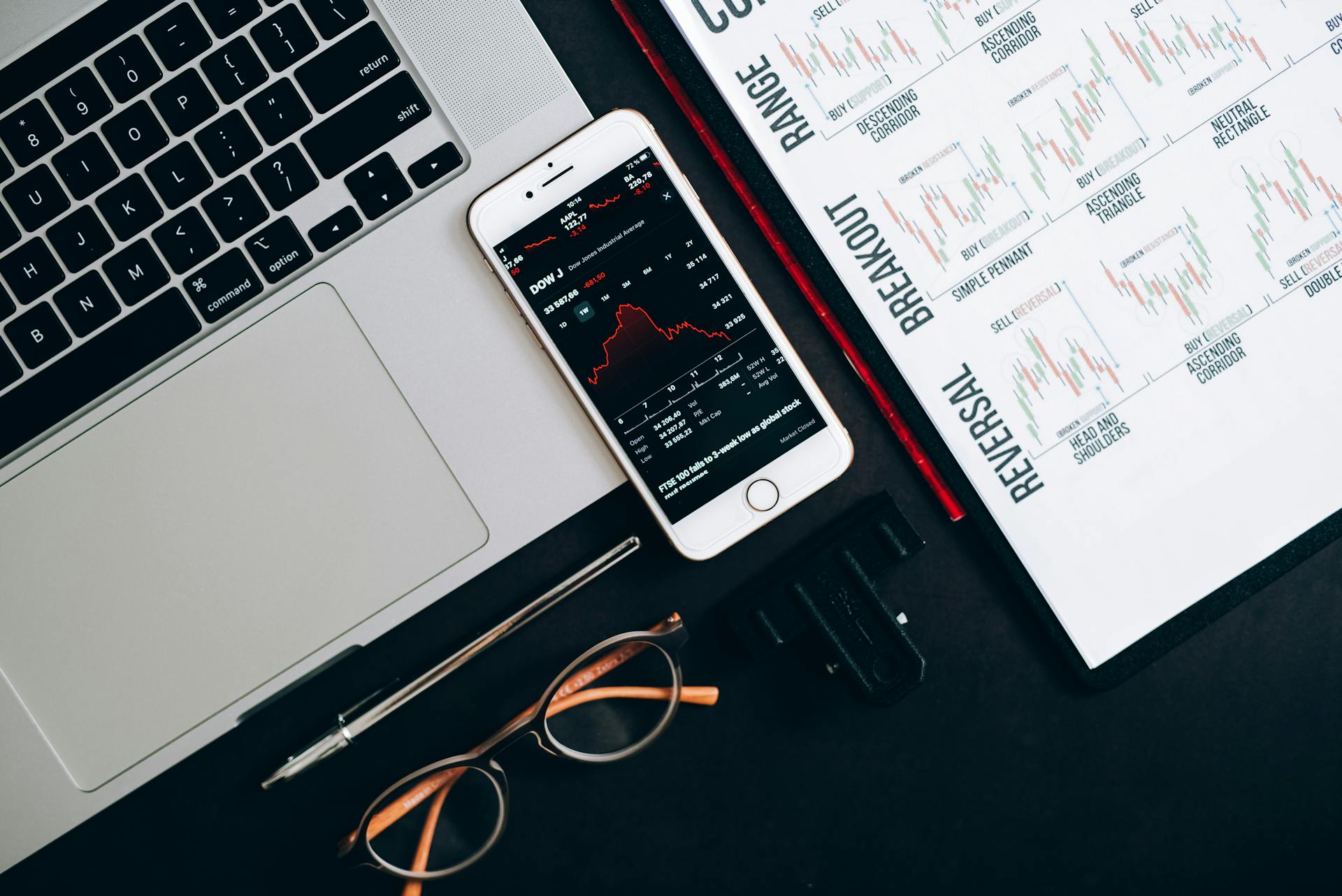
TradeStation's charting capabilities are designed to help you stay on top of the markets. With advanced charting, you can quickly identify trends, spot potential trading opportunities, and adjust your strategy in real-time.
Keep in mind that past performance is no guarantee of future success, and it's essential to use caution when trading with leverage or in volatile markets.
Top Simulators
So you're looking to try out some stock market simulators? Well, you're in luck because I've got the inside scoop on the top simulators out there. TradeStation, Schwab, and Interactive Brokers are all great options, offering a practice investing environment that's hard to beat.
These simulators are free to use, although you'll need to set up an account. And the best part? They offer access to the same tools that active customers use, including watch lists, stock screens, research, and live or slightly delayed data feeds.
If you're looking for a top-rated simulator, check out Charles Schwab, which has a 4.8/5 rating from NerdWallet. Or consider Interactive Brokers IBKR Pro, which has a 5.0/5 rating and offers a 0.25% rate reduction on margin loans for new account holders.
Here are some of the top simulators to consider:
Using a Simulator
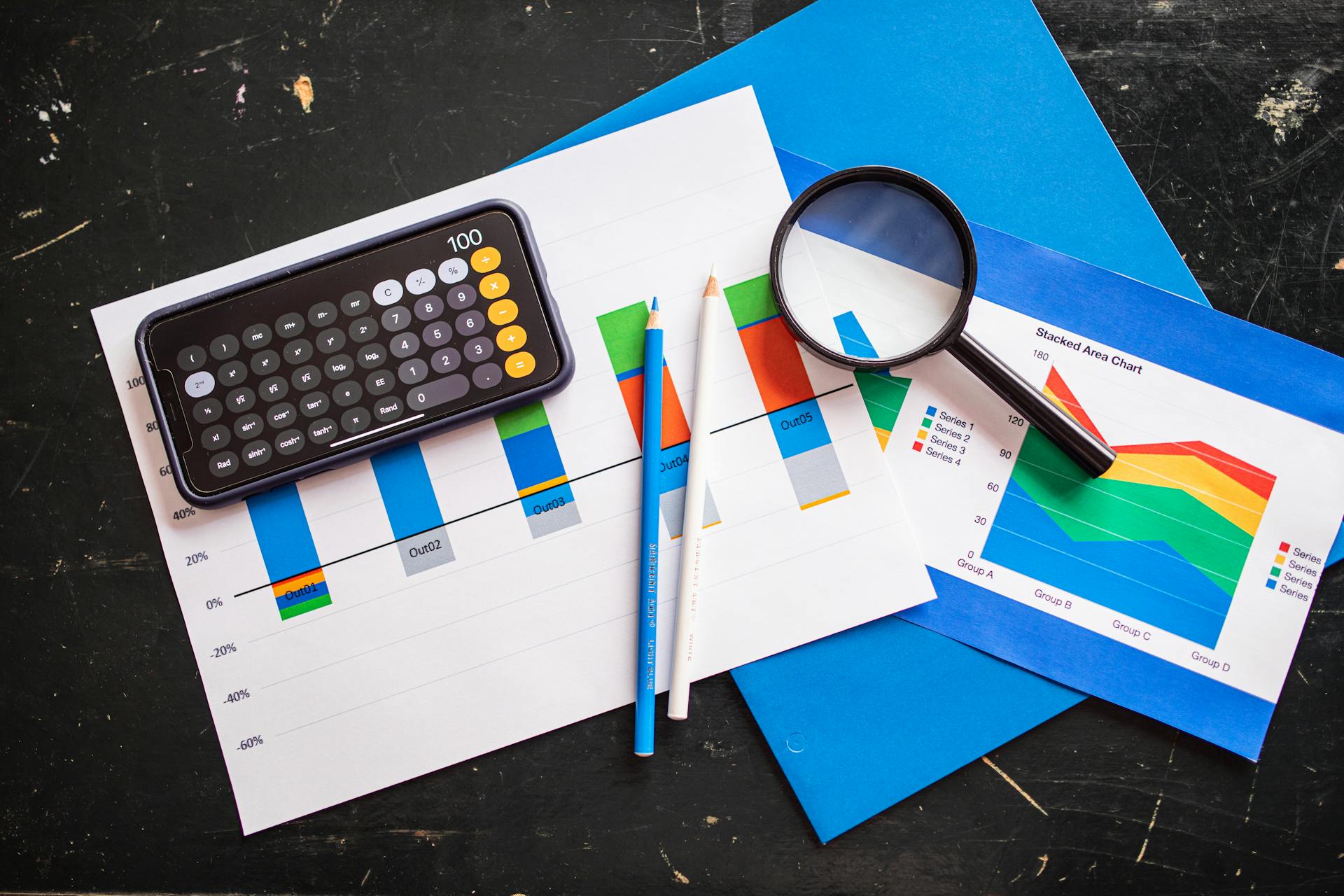
Using a simulator is an essential part of learning to trade, and it's a great way to practice without risking real money. You can use a simulator to test your strategies and see how they perform in different market conditions.
A good simulator should provide a realistic experience, with features like delayed data feeds and execution delays. This will help you get used to the feeling of trading with real money, without the risk of losing it. StocksToTrade, for example, offers customizable paper trading accounts that can simulate real-world challenges like execution delays and PDT restrictions.
You can also use a simulator to test different investment strategies, such as shorting stocks or trading options. This will help you learn how to manage risk and make informed decisions about your trades. And, as mentioned in Example 14, you can even backtest and forward-test your strategies using a simulator.
Here are some key benefits of using a simulator:
- Practice trading without risking real money
- Test different investment strategies and see how they perform
- Get a realistic experience with features like delayed data feeds and execution delays
- Learn how to manage risk and make informed decisions about your trades
By using a simulator, you can gain valuable experience and improve your trading skills without putting your capital at risk.
What Is a Trade?

A trade is essentially a transaction where you buy or sell something, in this case, a financial instrument. It's a fundamental concept in investing and trading.
In the context of paper trading, a trade can be a simulated buy or sell, where you practice without risking real money. This approach allows you to learn and refine your skills before entering live markets.
A paper trade typically involves recording trades by hand to keep track of your hypothetical trading positions, portfolios, and profits or losses.
A fresh viewpoint: What Is Stop Limit Stock Order
Practicing with a Simulator
A good simulator can help you develop your trading skills and prepare you for the real thing. You can use it to test drive new investment strategies and types, such as shorting stocks and trading options.
Paper trading is a form of stock simulation that allows you to buy and sell stocks without using real money. This type of simulation involves writing out trading requests on paper, but nowadays it can be done using electronic simulators online.
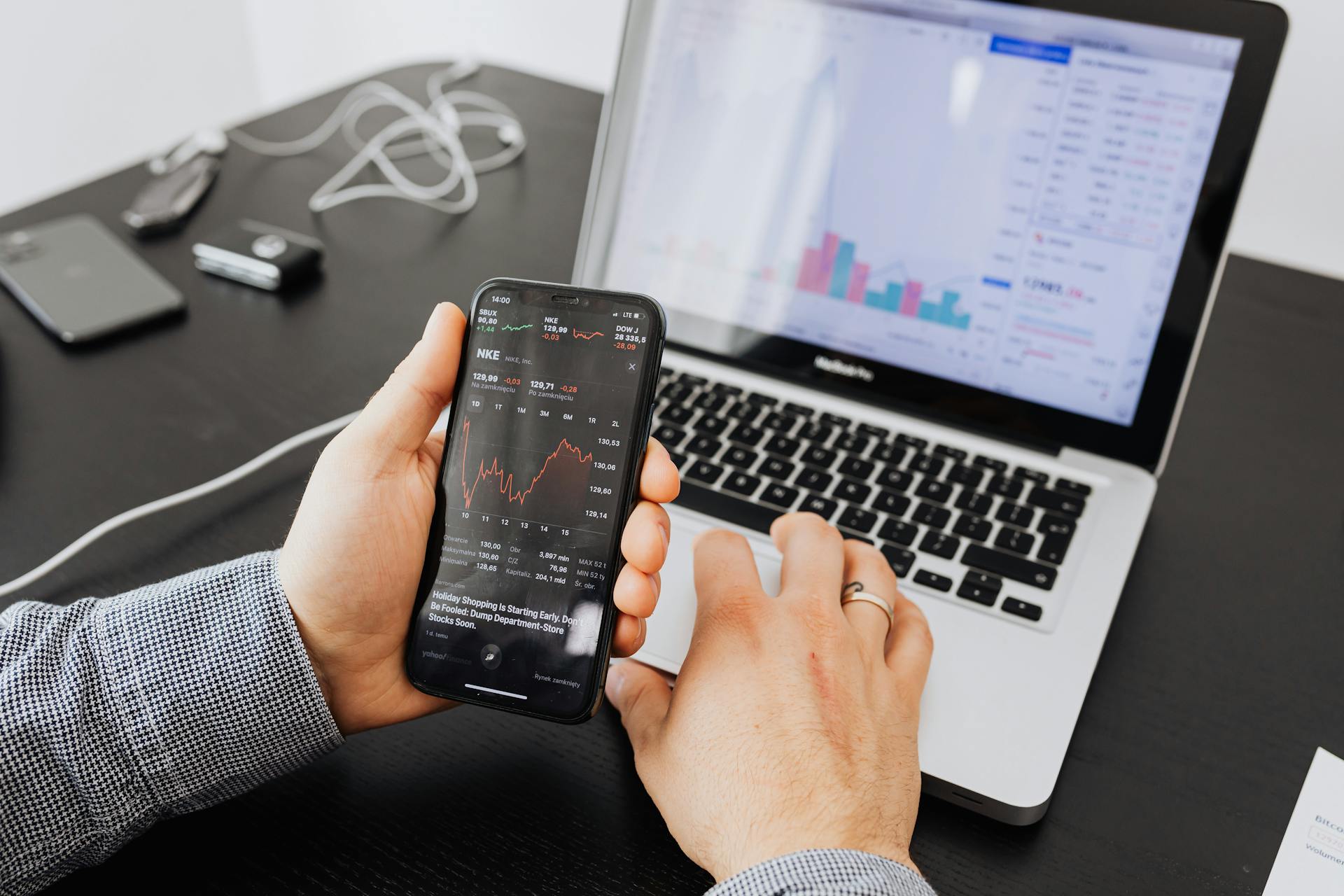
To practice with a simulator, you need to find a platform that offers paper trading. Some of the top simulators include TradeStation, Schwab, and Interactive Brokers. These platforms give you access to the same tools that active customers use, such as watch lists, stock screens, and research.
You can also use a trading platform with a paper trading feature, like StocksToTrade. This will allow you to record all the details of the trade and get the best experience.
A trading simulator can help you analyze your performance and refine your strategies. You can examine losing trades and look for ways to cut losses, or look at big winning trades to find consistency.
Here are some benefits of using a trading simulator:
- You can test drive new investment strategies and types
- You can practice with real-time data and historical databases
- You can refine your strategies and improve your performance
- You can learn from others' experiences and get valuable insights
Some popular trading simulators include TradingView, eToro, and Public. These platforms offer a range of features and tools to help you practice and improve your trading skills.
Remember, a trading simulator is not a substitute for real-world experience, but it can be a valuable tool to help you develop your skills and prepare for the real thing.
How Effective Is?
Paper trading is highly effective for learning and testing trading strategies without financial risk.
It allows individuals to test out new trading strategies, tools, and techniques before they actually put them into practice with live trading.
Analysis and feedback are crucial in paper trading, providing insights into market trends, trading strategies, and the effectiveness of simulated trades.
This information helps traders refine their approaches, set realistic objectives, and understand the circumstances under which different strategies succeed or fail.
Refining your strategy is key to success, and it's essential to examine losing trades and look for ways to cut losses.
You can also look at big winning trades to find consistency and run all the numbers to ensure you're thorough in your analysis.
Paper trading can be very effective because it allows individuals to test out new trading strategies, tools, and techniques before they actually put them into practice with live trading.
However, its effectiveness can be limited by the lack of emotional pressures found in real trading scenarios.
For your interest: Placing Trades with Tradestation
Frequently Asked Questions
What can I trade with paper trading?
Paper trading allows you to practice trading with virtual funds, simulating real market conditions with equities, options, futures, and forex
What is the best broker for paper trading?
For paper trading, Thinkorswim by TD Ameritrade is the top choice due to its robust platform. Its user-friendly interface makes it ideal for beginners to practice trading without risking real money.
Is paper trading a good idea?
Paper trading is a great way to learn trading and investing skills without risking real money, ideal for beginners. It's a low-stakes way to practice and build confidence in the investing world.
Sources
- https://www.nerdwallet.com/article/investing/virtual-trading-stock-market-simulators
- https://stockanalysis.com/article/best-stock-market-simulators/
- https://www.tradestation.com/platforms-and-tools/simulated-trading/
- https://www.investopedia.com/terms/p/papertrade.asp
- https://stockstotrade.com/paper-trading/
Featured Images: pexels.com


